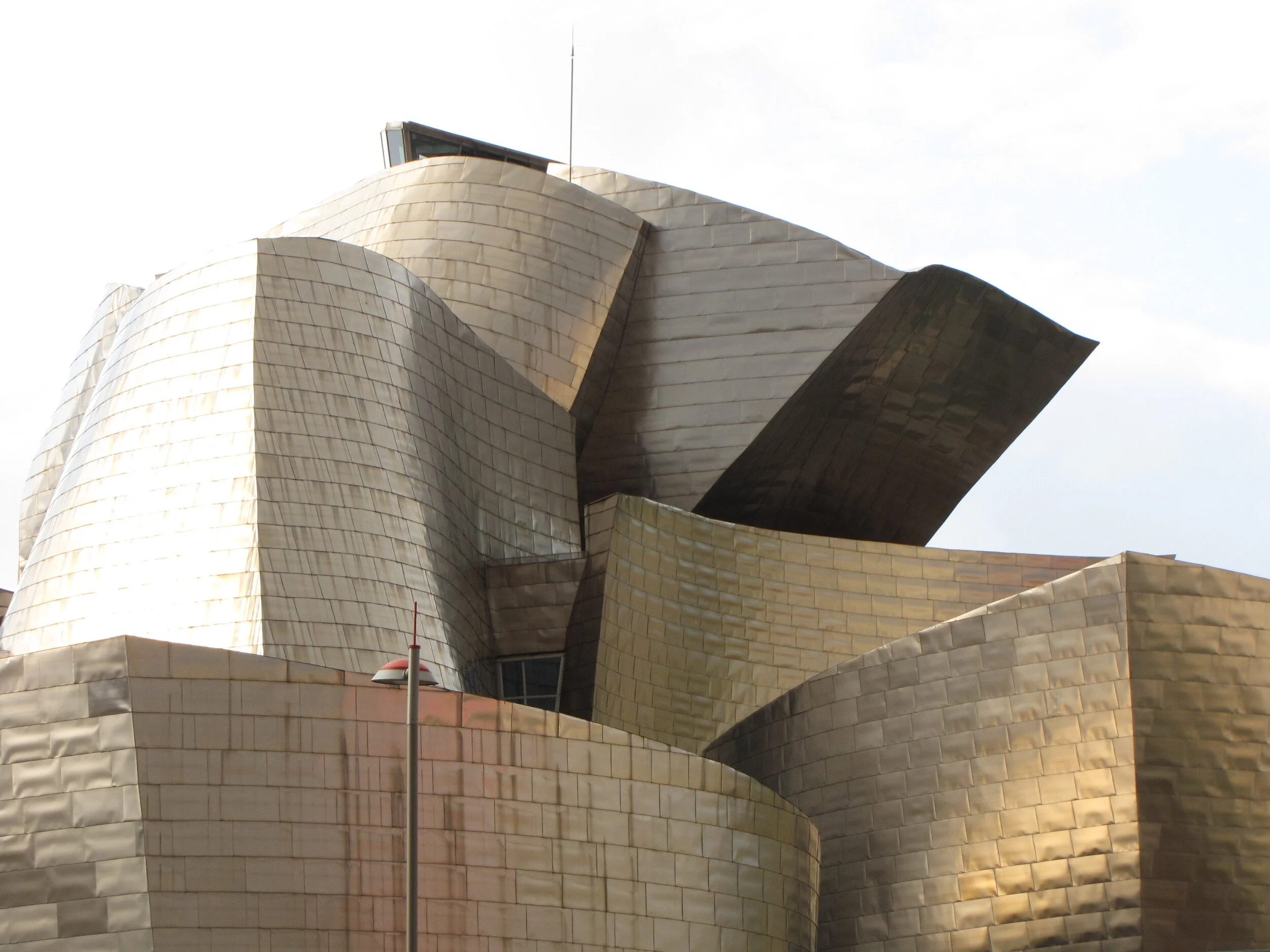Snow Still as Stone
Ice skating on the pond at Breakfast Creek.
This brilliant February morning, the thermometer outside registers ZERO. Snow still as stone covers the ground. I carry a cup of cardamom chai tea to the harvest table. Before long, my thoughts begin to travel from the wintry scene beyond our patio door at Boomerang Creek to other scenes connected across time. As if carried across a spinning Google Earth globe, I zoom westward to a hilltop in the Santa Monica Mountains in west Los Angeles. There, California sunlight reflects off the white stone façades of the Getty Center’s monumental structures.
The J. Paul Getty Trust has for some years funded an exquisite little museum in Malibu designed as a Roman villa to house the billionaire’s collection of Greek and Roman antiquities. The collection which also included European paintings, French decorative arts, and photography, quickly outgrew the villa’s capacity to display its treasures.
In 1983, the Trust purchased more than 700 acres in the chaparral covered foothills of the Santa Monica Mountains, above the 405 Freeway that connects west L.A. with the San Fernando Valley. A year later, architect Richard Meier began plans for a six-building, 24-acre campus that would provide a unique cultural resource for a Los Angeles museum, art and photography galleries, and facilities for the Getty’s education and research programs. When the Getty Center finally opened in December 1997, it instantly became an architectural landmark for the city where Kit and I met over four decades ago.
From my window at Boomerang Creek, I see façades and pavement created from 300,000 pieces of travertine from a quarry near Rome. Travertine formed from mineral-rich springs 8,000 to 80,000 years ago. Crystals accumulating in layers like the granular snow outside my window. Stone aged into hardness, hiding for centuries and millennia impressions of leaves, a feather, and a deer antler. Ancient fossils revealed on the edge of a new millennium as 20th century masons split the transported travertine with the grain of the stone.
The world of art and architecture has been an integral part of my life with Kit. When he was at UCLA, Kit walked a geography field class through a Santa Monica neighborhood. There, he spotted a rather regular-looking California bungalow wrapped in chain link and corrugated metal. Rarely shy and always curious, Kit knocked on the door. The owner and designer of the home answered the door, and an energetic conversation transpired. He turned out to be none other than the world-renowned architect Frank Gehry.
From that small experiment with chain link in Southern California, Gehry grew to international status as an architect and continues to produce structures that surprise us. His architectural masterpiece in Bilbao, Spain leaves visitors trying to describe it and many surrendering to metaphor. To some, it is “an enormous bouquet of writhing, slippery-skinned fish.” To others, it is “a leviathan sheathed in mirrors” or “a mermaid sprawled along the river, hair blowing in the breeze.”
Getty’s Architectural masterpiece in Bilbao, Spain.
This 5,000-ton steel framed, titanium wrapped structure seems to rebel against regular form, creating and recreating itself like a whirling dervish with no regard for known architectural conventions and rules. Architect Philip Johnson declared it “the greatest building of our time.” Another critic sees it as “Frank Gehry at his best...slightly out of control.”
Looking out on the arctic surprise that has covered Boomerang Creek with a coating of white, I know I am not in the Santa Monica Mountains or Spain’s Basque country. Nature is an architect of great beauty, and in my wintry isolation, I feel connected to other places and times. The stone-like surface of our icy meadow reflects light with the same intensity as Frank Gehry’s soaring titanium $100 million creation in Bilbao, Spain. Brilliant in design, Bilbao is as unique a vision of art on the landscape as the Getty Center in L.A.
My thoughts now back in our local scene, I recall a winter when it was so cold that the pond at our Breakfast Creek home froze up zipper tight and stayed frozen for days. I had not skated since I was a child and before long, a skating party was assembled. Kit and Orion Beckmeyer ventured out on the pond with snow shovels and wide push brooms. Before long, they’d swept clean an icy pathway wide enough for three skaters with arms linked to skate clear and free. Barbara Beckmeyer, Diana Hallett and I—bundled up from head to toe—laced up our ice skates and eased out onto the ice.
Before long, our feet and legs began to trust the firmness of the ice, frozen hard as stone.
We had all grown up watching the Ice Capades and had striven to copy their graceful moves. Amazingly we did not fall down. Instead, we skated in twos, forward and backward, and once emboldened, even tried a few ballet-like moves on a single skate. Memory took over, and we were all skating with abandon once again.
Snow still as stone has unlocked these memories long frozen in time. Such is the power of nature. Such is the beauty of architecture. Such is the magic of memory.

